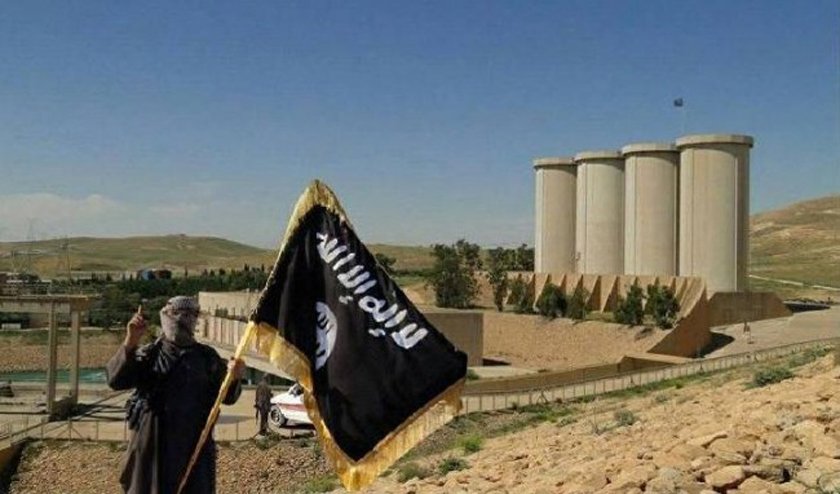Although many in the intelligence community assert that American (at least) foreign policy leaders had been alerted to the threat of re-emerging Sunni extremism in Iraq, the seemingly sudden appearance of ISIS (also Islamic State, IS, ISIL or Da’ish) in June 2014 has forced the United States along with its regional allies, Europe and even Iran to consider how to effectively counter it’s rise.
While the U.S. and others try to develop a response strategy and establish some footholds to slow and eventually roll back ISIS we continue to learn more about the organization itself. Clearly, it is unlike any jihadi entity that went before.
Despite it’s recent bloody entrance to the world’s front page in June, it has had a plan all along. In an instructive analysis, Michael Knights, writing for the Combating Terrorism Center at West Point, comments that:
ISIL’s successful offensive since June 2014 can only be understood by situating it in the broader context of its political-military campaigns since the organization “re-booted” under Abu Bakr al-Baghdadi’s leadership on May 15, 2010.[5] ISIL did not suddenly become effective in early June 2014: it had been steadily strengthening and actively shaping the future operating environment for four years. As Brett McGurk noted in congressional testimony in February 2014, ISIL’s planning has been “sophisticated, patient and focused.”[6]
It is also extraordinarily well funded. As Amanda Macias and Jeremy Binder observe in the Business Insider:
Some experts believe that the group's power is virtually unprecedented, at least among jihadist organizations. According to Janine Davidson and Emerson Brookings of the Council on Foreign Relations, ISIS sits atop "a volume of resources and territory unmatched in the history of extremist organizations." The group controls approximately 60% of Syria's oil fields and several oil producing assets in Iraq.
And, throttling those sources of income presents a tremendous challenge not only because they are hard to get at but also because doing so might severely harm the civilian population in Iraq and Syria.
"Can you prevent ISIS from taking assets? Not really, because they're sitting on a lot of assets already," said a Western counterterrorism official. "So you must disrupt the network of trade. But if you disrupt trade in commodities like food, for example, then you risk starving thousands of civilians."
With all that, perhaps most concerning to strategists is that, while well-stocked with fervently religious jihadis, many from outside of Iraq and Syria, ISIS appears to also include significant numbers of military professionals who served under Saddam Hussein.
As fighters for the Islamic State in Iraq and Syria continue to seize territory, the group has quietly built an effective management structure of mostly middle-aged Iraqis, including many military officers under Saddam Hussein, overseeing departments of finance, arms, local governance, military operations and recruitment... ISIS is in effect a hybrid of terrorists and an army.
The combination of all these factors – a plan, money and seasoned leadership – make ISIS a formidable proposition.









